The event brought together more than 200 domestic and foreign delegates, representatives of localities from Japan, China, Korea and Vietnam, along with international organizations, businesses and experts in the tourism sector.
 |
| Permanent Vice Chairman of the City People's Committee Nguyen Thanh Binh speaks at the meeting |
Pioneer in building environmentally friendly tourism model
Speaking at the opening of the seminar, the Standing Committee member of the City Party Committee and Permanent Vice Chairman of the Hue City People's Committee emphasized: "In the context of increasingly profound impacts of climate change, tourism development models based on purely exploiting resources are gradually revealing their limits. Developing green and sustainable tourism is not only a trend, but also an inevitable path for tourism to continue to develop without sacrificing the environment, culture or community benefits."
Throughout the session, the sharing, discussions, and practical models presented all agreed on one thing: Green tourism is not only an environmental solution, but also a sustainable economic solution, bringing long-term benefits to both destinations and local residents.
According to Ms. Phan Linh Chi, Deputy Director of the Vietnam National Administration of Tourism, the Vietnam tourism development strategy to 2030 has clearly identified the top priority as developing green tourism, based on the foundation of sustainable growth, responding to climate change, optimizing the use of natural resources and protecting heritage.
“At the national level, the tourism industry is gradually transforming its development mindset. Instead of focusing on the number of visitors, the focus is now on improving service quality, creating culturally-identified and environmentally responsible tourism products. The ‘Green Lotus’ criteria set for sustainable accommodation establishments, the ‘Go Green’ tourism campaigns, or the plastic waste reduction program at destinations are all examples of that commitment,” said Ms. Linh Chi.
The representative of the National Tourism Administration also affirmed that developing green tourism is not only the task of state management agencies but requires the synchronous participation of businesses, communities, educational institutions, professional associations and especially tourists.
As the only city in Vietnam with a complex of relics recognized by UNESCO as a World Cultural Heritage, Hue clearly understands the problem between conservation and development. In recent years, the city has implemented a series of green tourism models such as: "Hue - a zero-waste destination", developing community tourism in Thuy Bieu, Huong Tra, building a cultural - macrobiotic - artistic space at An Nhien Garden...
According to Hue city leaders, developing green tourism is a strategic move for Hue. Hue does not want to be just a place to preserve heritage, but must become a city of innovation, creativity, connecting the past with the future. Green tourism is a way to renew cultural values, bringing Hue forward without losing its identity.
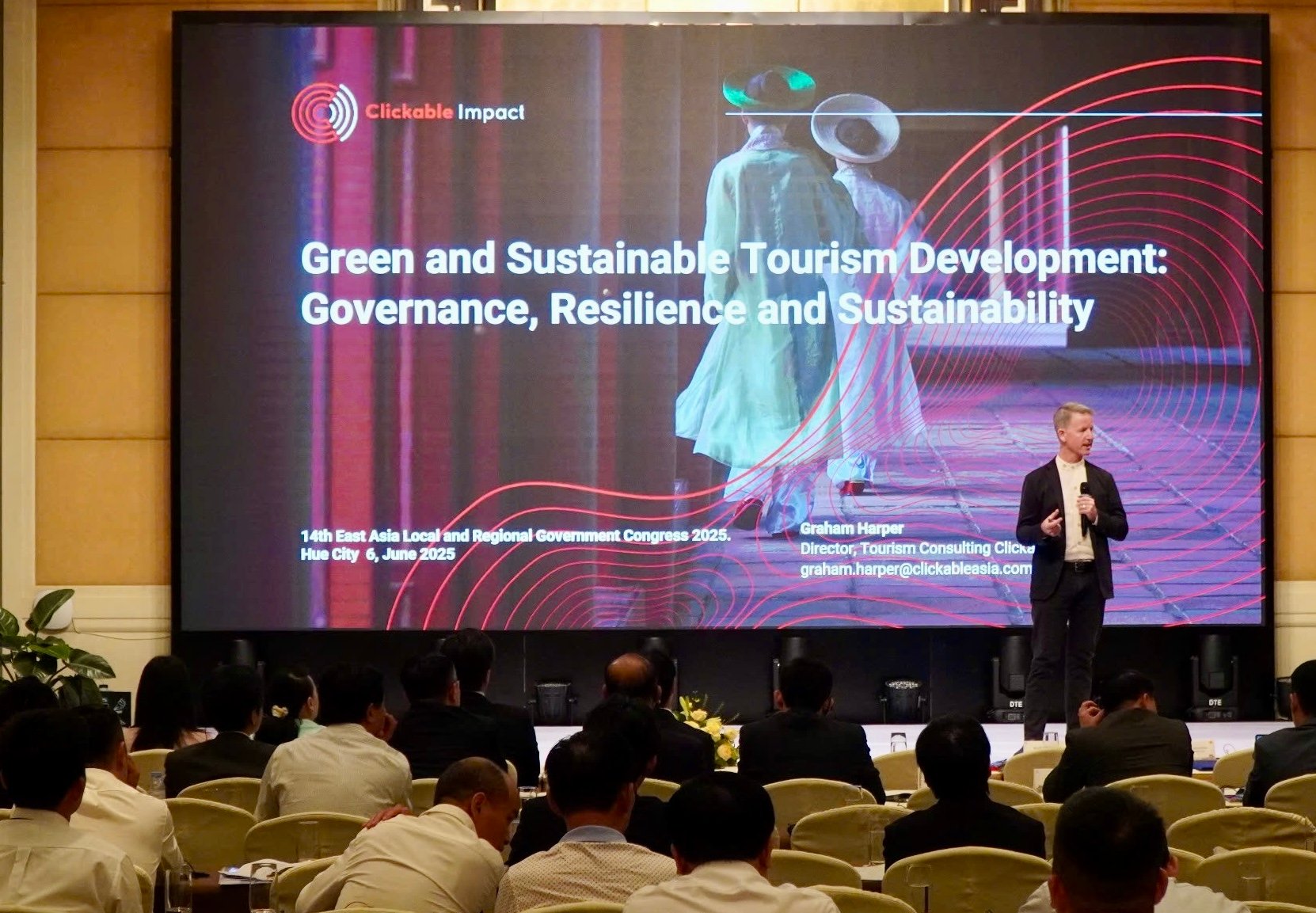 |
| The papers focus on the need to develop green tourism in the current context. |
Not only the government, local businesses in Hue have also proactively transformed themselves. A representative of Vietnam Travel Tourism Company shared: “We invest in small tours, walking, cycling, exploring craft villages, vegetarian cuisine, meditation… combined with environmental education. Tourists get to experience – and also contribute to preserving heritage. This is a trend that is increasingly attractive, especially to international visitors.”
The “key” to sustainable development
At the meeting, many green tourism development models from East Asian countries were presented, providing rich perspectives and practical lessons. The delegation from Tottori Prefecture (Japan) introduced the model of “wellness tourism” – health care tourism associated with mineral spring resources, therapy and relaxation activities in the natural environment. This is not only a high-class service, but also contributes to preserving the landscape and improving the quality of life of local residents.
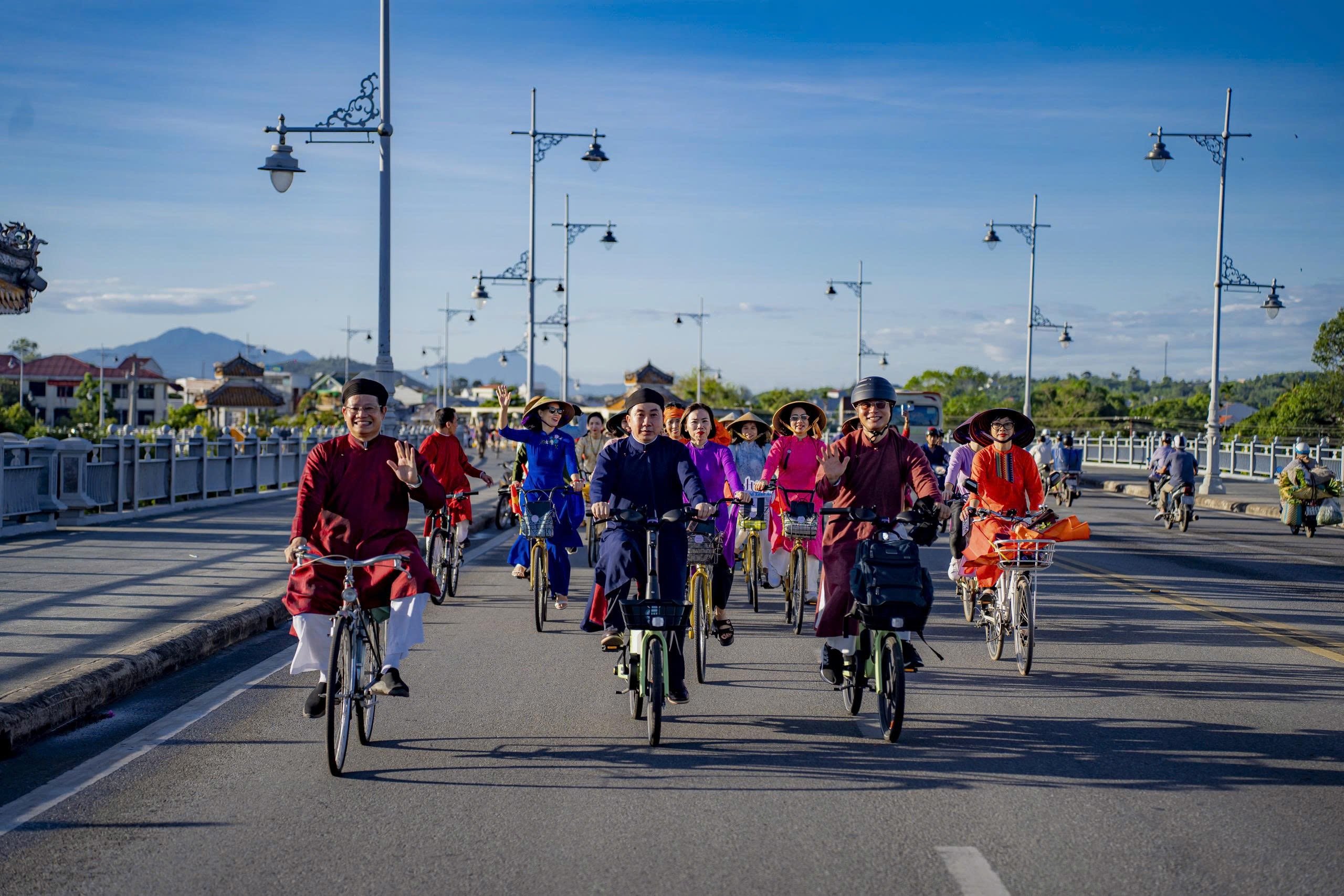 |
| Green tourism models are being strongly implemented in Hue. |
A representative from Yamanashi Prefecture (Japan) emphasized solutions to control overtourism at famous destinations such as Mount Fuji. Planning stops, limiting the number of visitors by time, and combining community and visitor education have helped the locality protect its fragile ecosystem while maintaining a stable source of tourism revenue.
Meanwhile, the “resident-friendly museum tourism” model was introduced by Shaanxi Province (China) as a way to create a shared space between tourists and local communities. Museums are not only places for exhibitions, but also “cultural living rooms” for urban residents, where everyone participates in preserving memories and creating new experiences.
From the Vietnamese localities, the representative of Phu Tho province emphasized the potential of green tourism associated with intangible cultural heritage such as Xoan singing, Hung King worship, combined with eco-resorts, agricultural tourism and health care in Thanh Thuy. The province proposed to establish the East Asia Green Tourism Alliance, organizing a product connection chain such as the journey "Back to the roots of East Asia".
From an international perspective, organizations such as the Asia-Pacific Tourism Organization (APTA) and the East Asia Cooperation Foundation have highly appreciated Hue City’s efforts in organizing a thematic session that is both strategic, practical and specific. Hue is becoming a model of cultural tourism associated with sustainable development. This is an approach that needs to be replicated throughout the East Asia region.
In his closing speech, Permanent Vice Chairman of Hue City People's Committee Nguyen Thanh Binh affirmed a very clear message: Developing green and sustainable tourism is not only an urgent requirement to protect the environment, biodiversity and indigenous cultural values, but also an opportunity for localities and countries in the East Asia region to cooperate, share experiences, innovate and develop sustainably.
Source: https://huengaynay.vn/du-lich/tu-hue-lan-toa-tam-nhin-moi-154400.html








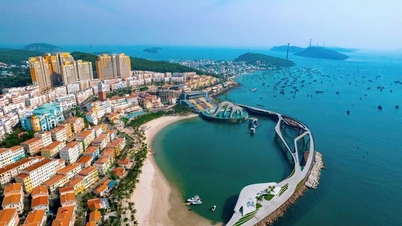

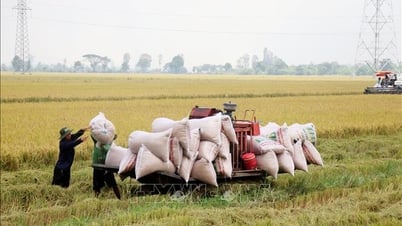
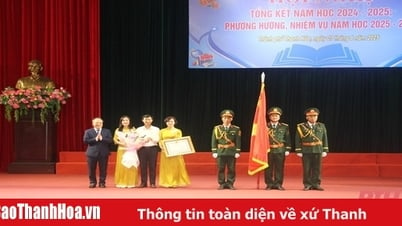

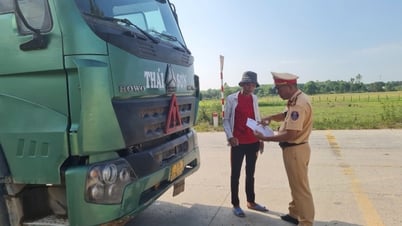
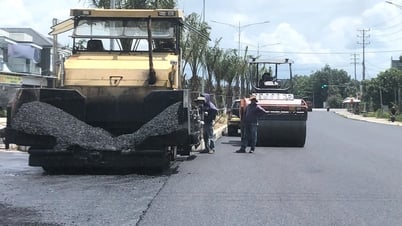
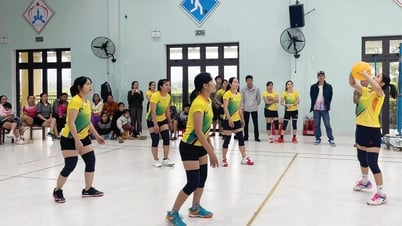




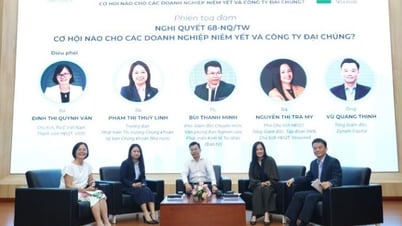

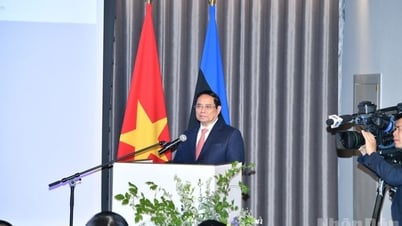
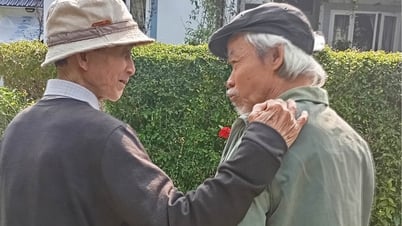

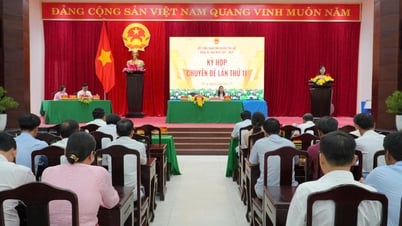

































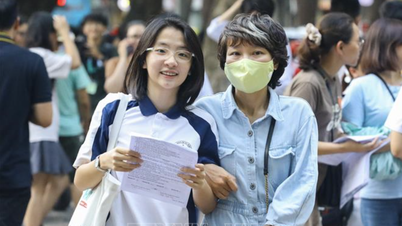
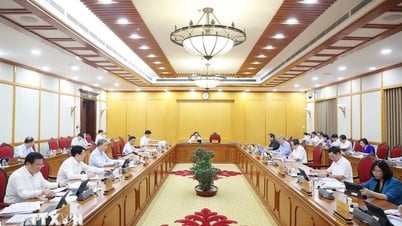







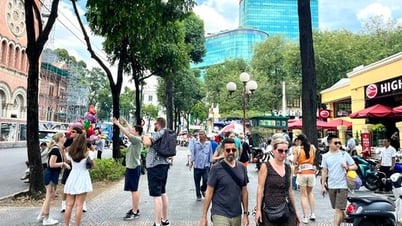


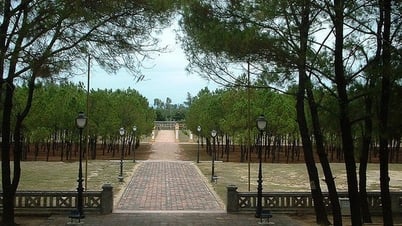
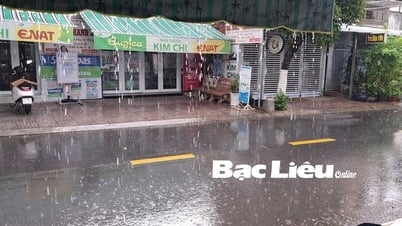


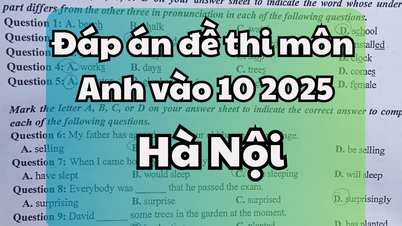

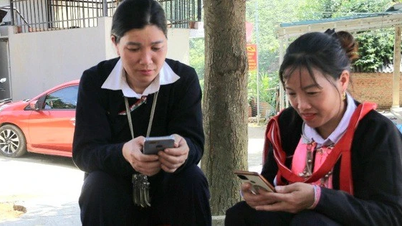

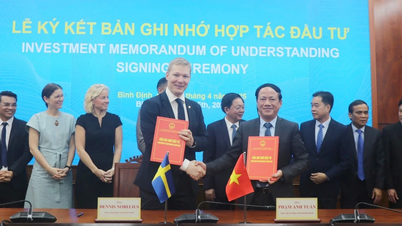








![[OCOP REVIEW] Tu Duyen Syrup - The essence of herbs from the mountains and forests of Nhu Thanh](https://vphoto.vietnam.vn/thumb/402x226/vietnam/resource/IMAGE/2025/6/5/58ca32fce4ec44039e444fbfae7e75ec)



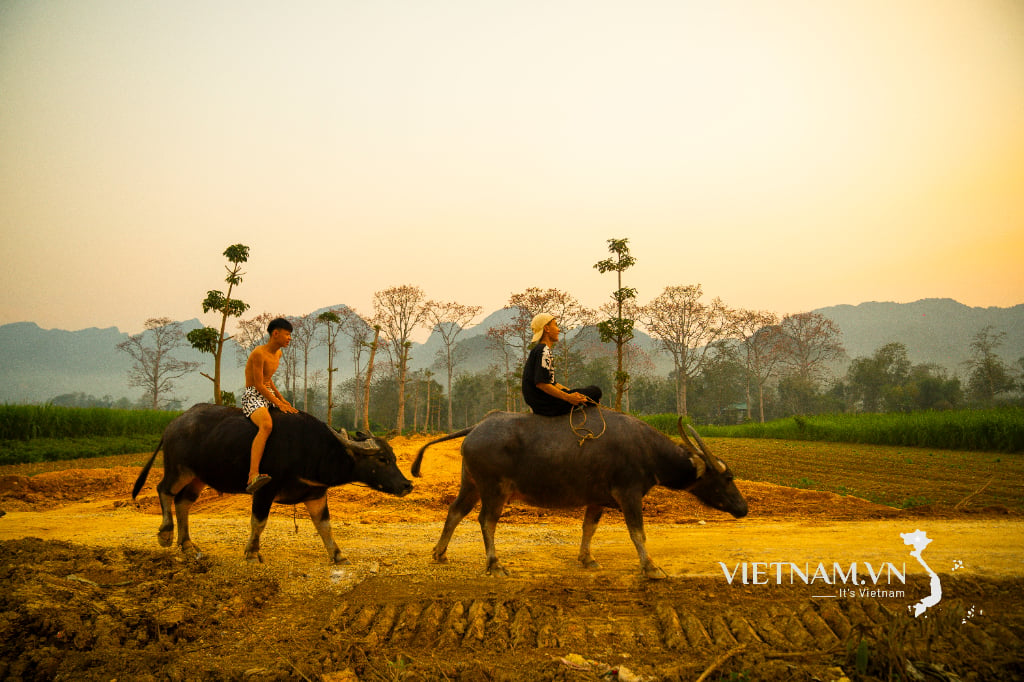
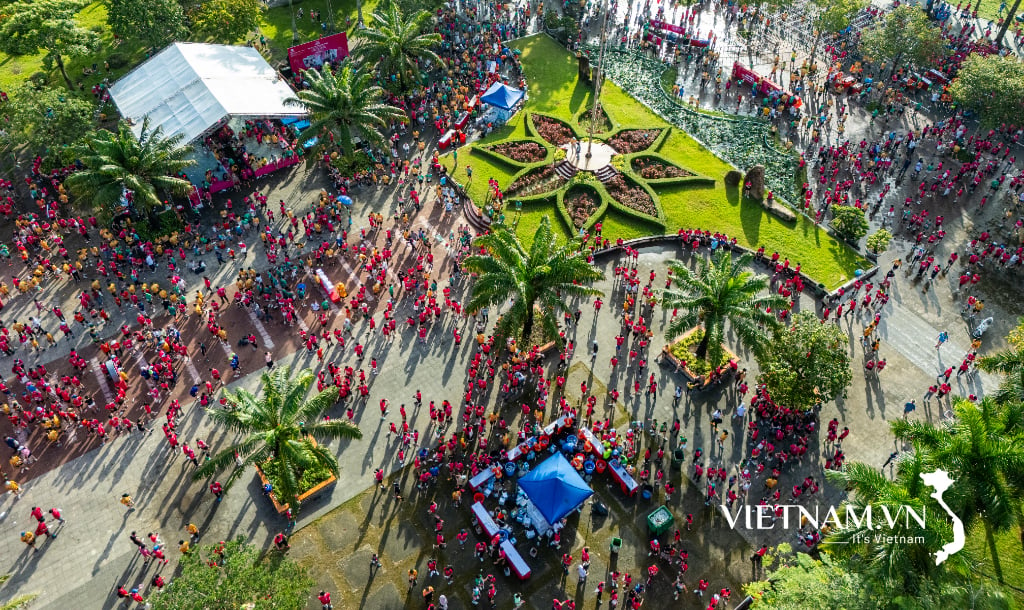

Comment (0)